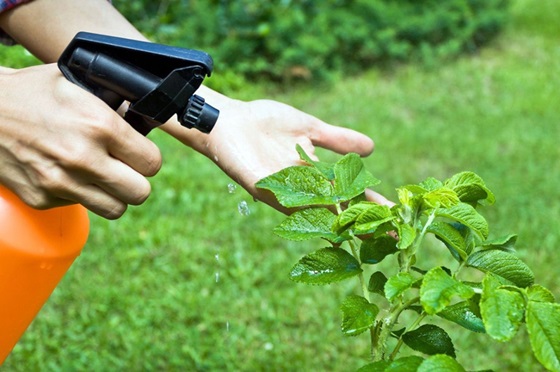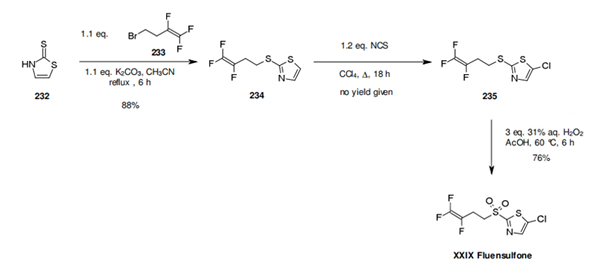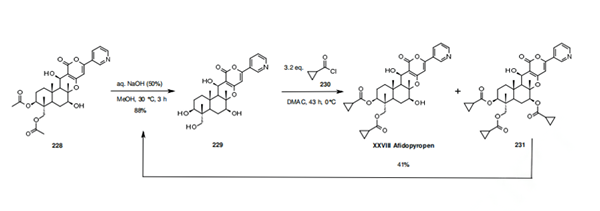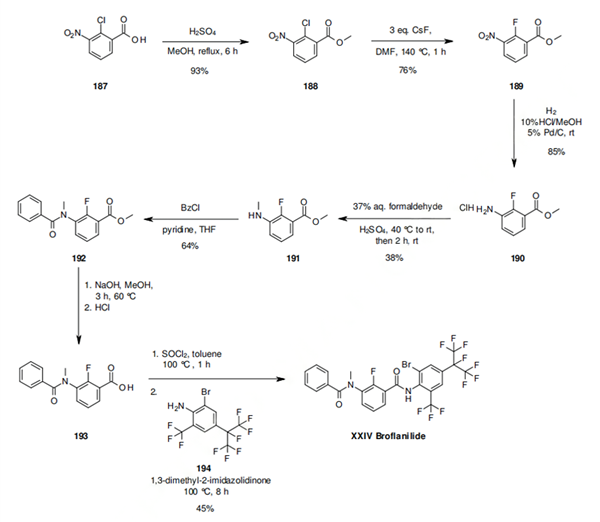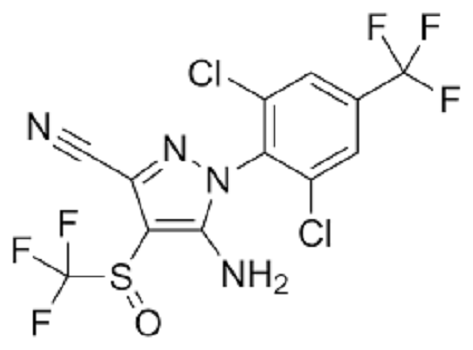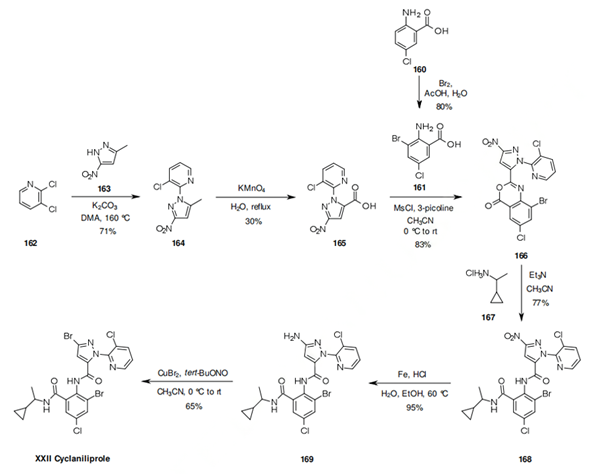Chemical pesticides
More
Less
Pesticides refer to the kind of chemical reagents used in agriculture for protection crops from disease, insects, rodents and regulating plant growth and killing weed. In addition for being applied to the agriculture, it can also be used in health and epidemic prevention, forestry, animal husbandry, environmental and health aspects. Based on the control object, it can be divided into insecticides, fungicides, miticides, nematicides, rodenticides, herbicides, defoliants and plant growth regulating agents.
It has been developed of more than one thousand kinds of pesticides with most of them being made from chemical synthesis while a few of them belonging to biological pesticides.
Pesticides used for controlling of harmful insects are called insecticides. Insecticides in early time are mainly biological insecticide (e.g. pyrethrum, nicotine, etc.) and inorganic compounds. Until the 1940s, the discovery and application of DDT and HCH had greatly promoted the rapid development of organic pesticides, leading to the emergence of three categories of organic pesticides including organochlorine, organophosphate and carbamate. In addition to being widely used in agriculture, insecticide can also be applied to home health and other fields. The application of insecticide is an effective method of controlling pests, but long-term use will cause resistance of insect, so that efficacy will decrease. In this case, we need to change to another kind of insecticide.
